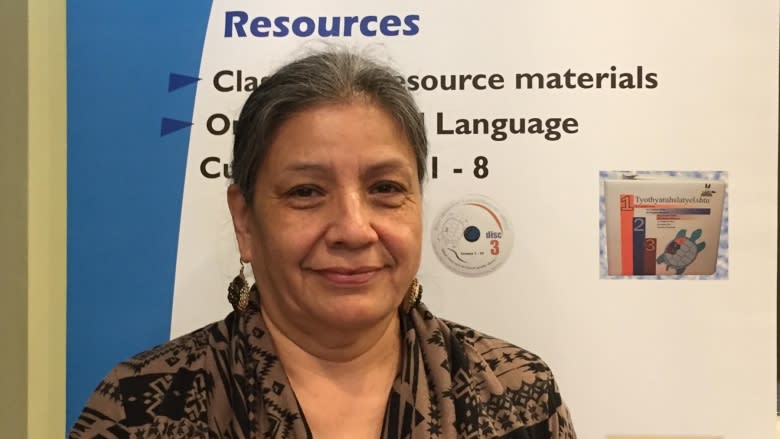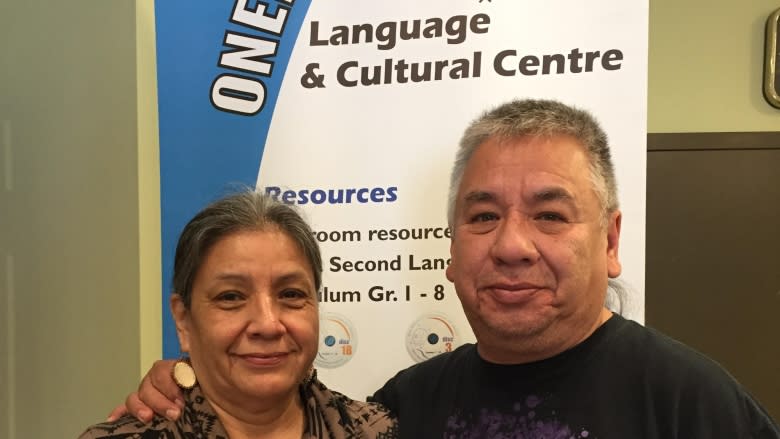Oneida sign language created to connect deaf community with their culture
A grandmother is working to preserve the Oneida language for others — even though she has never heard it spoken herself.
Marsha Ireland, 59, has been deaf all her life. She's a member of the Turtle clan from Oneida Nation of the Thames, near London, Ont..
Ireland recalls times when her condition left her feeling very disconnected, especially at community meetings.
When someone at the meeting spoke in Oneida, the sign interpreter had to stop, leaving Ireland and other deaf community members out of the conversation.
Deafness is often hereditary
Both there's another reason Ireland wanted to help develop a sign language for Oneida.
She wants to pass along her Indigenous culture to her five adult children, who are also deaf. The condition is often hereditary.
"I feel that it is also important for me as a mother to teach my children. They need to know their culture and their heritage," said Ireland.
Developing the signs
The signs are being developed as part of a pilot project at the Oneida Language and Cultural Centre.
Marsha and her partner, Max Ireland, work with master speaker and elected councillor Olive Elm to create the signs.
Max, who is Marsha's interpreter, gives Elm a word. Elm then translates that word into Oneida then back into English. Marsha and Max then create a sign for the word.
The centre's director Mary Elijah explains the process of developing the Oneida Sign Language is like a three-ring circus, with various players involved in its development.
Oneida words often based on movement
They're partly relying on a sign language developed hundreds of years ago by Plains Nations tribes that facilitated communication across North America.
"I look at the Oneida language and then look at the Plains sign language and try to connect the two. I look to Elders at the gestures that are used with story telling … it is a combination of all those things," said Ireland.
Since the Oneida language is action-based, Ireland said it really lends itself to the Plains sign language.
Ireland can be seen in YouTube videos demonstrating the Oneida sign language.
More than 200 signs have been developed so far.
The language is being used by approximately two dozen people from the First Nation who are deaf.
Lasting legacy
Max Ireland describes the creation of the Oneida sign language as Marsha's legacy, continuing ongoing efforts to save the language.
Nowhere will that legacy be felt more than in the Ireland household. Her first four grandchildren are also deaf.
Then came Grace Elijah. Grace is Ireland's first grandchild who can hear.
"So you also have to understand, here's this child that is surrounded by deaf people so she is fluent in sign language, she is fluent in English, and the Oneida language," Ireland explains.
Now Grace is learning the Oneida sign language, one of about 20 people committed to making it work. Right now, the development team is figuring out signs for bullying with plans to create cartoons to teach young people.
The Irelands are also working on the Oneida Sign Language guidebook.
"It is very important to me, I value and I want to continue this work and show my family our identity and how we can stand proud."




